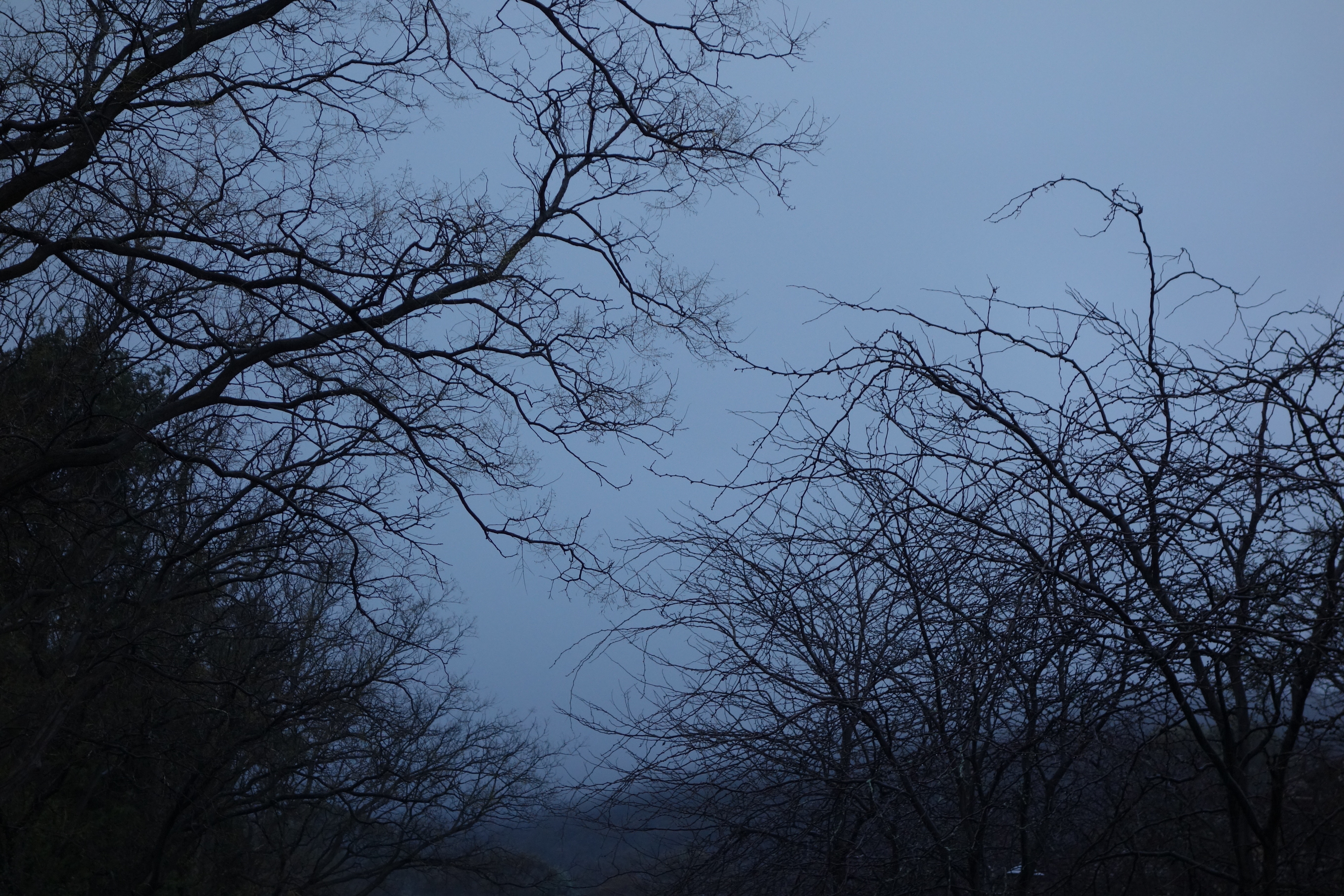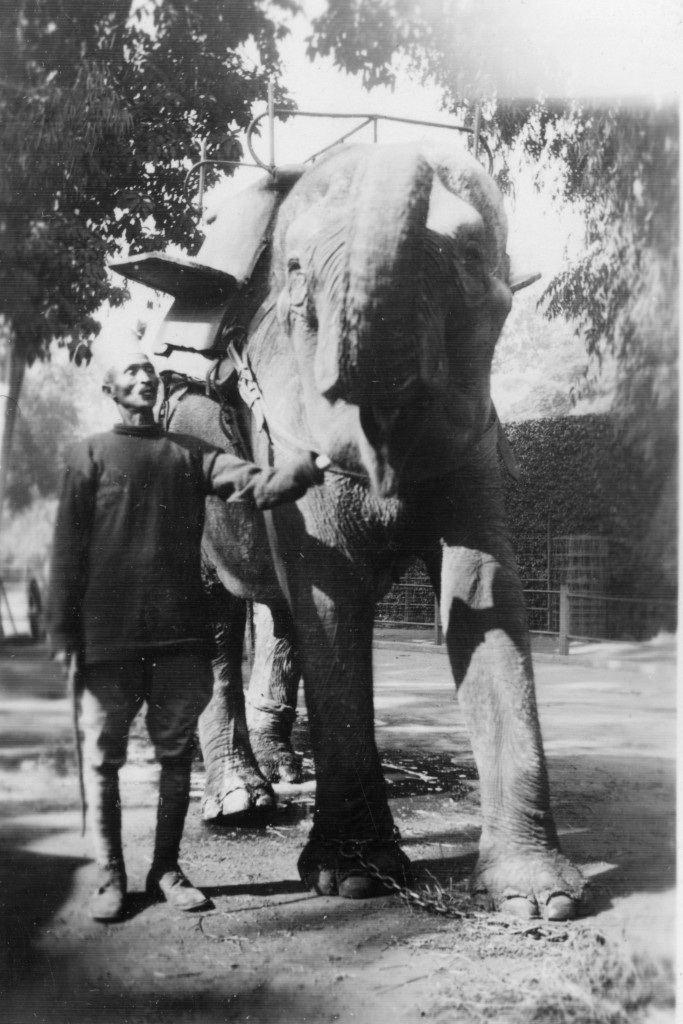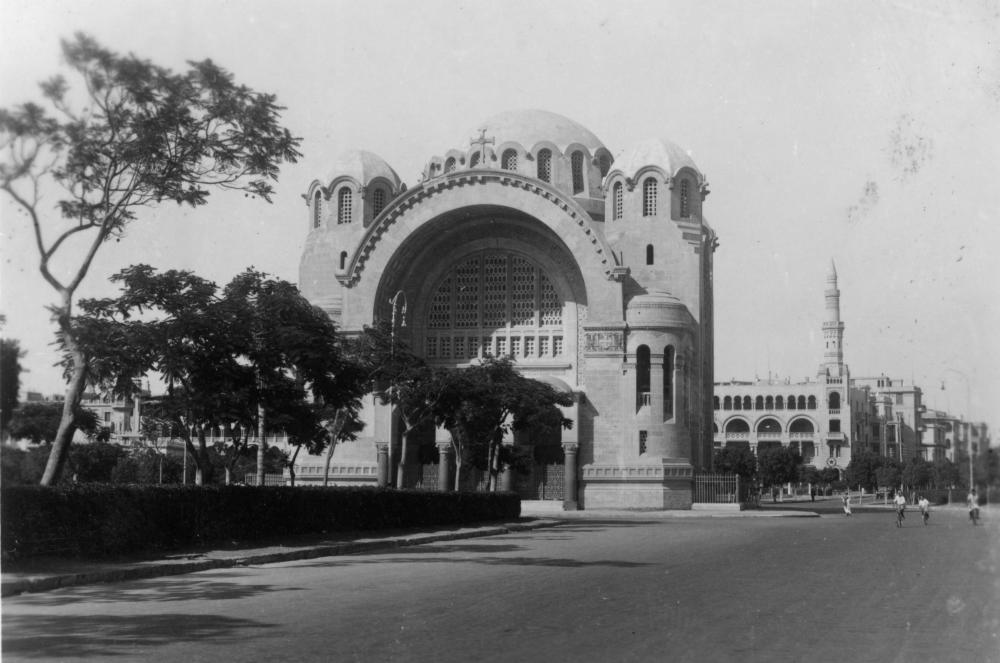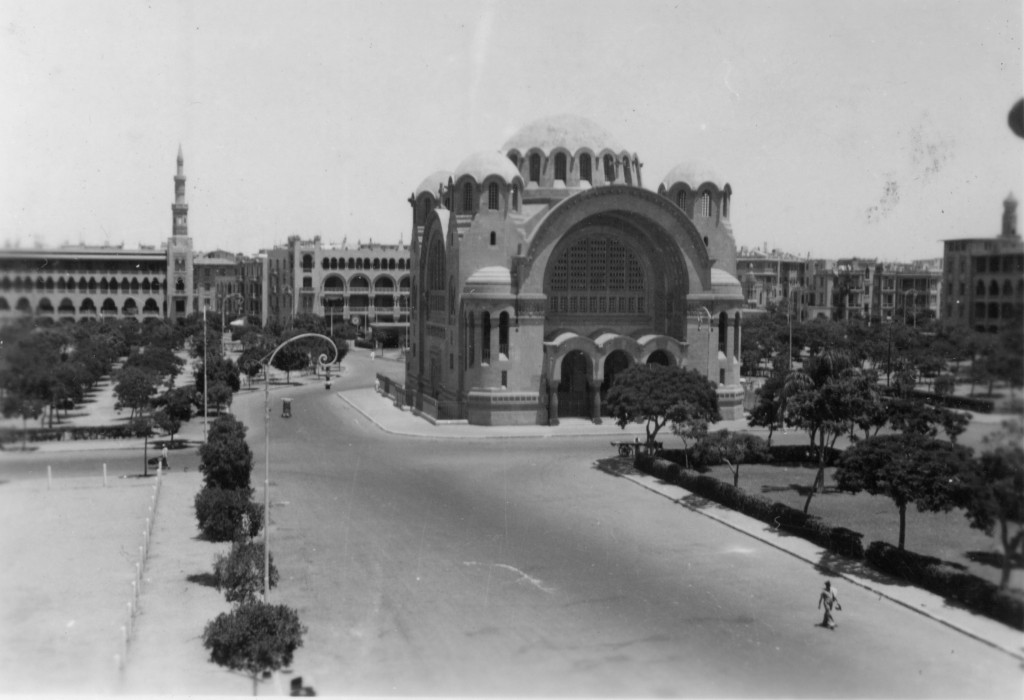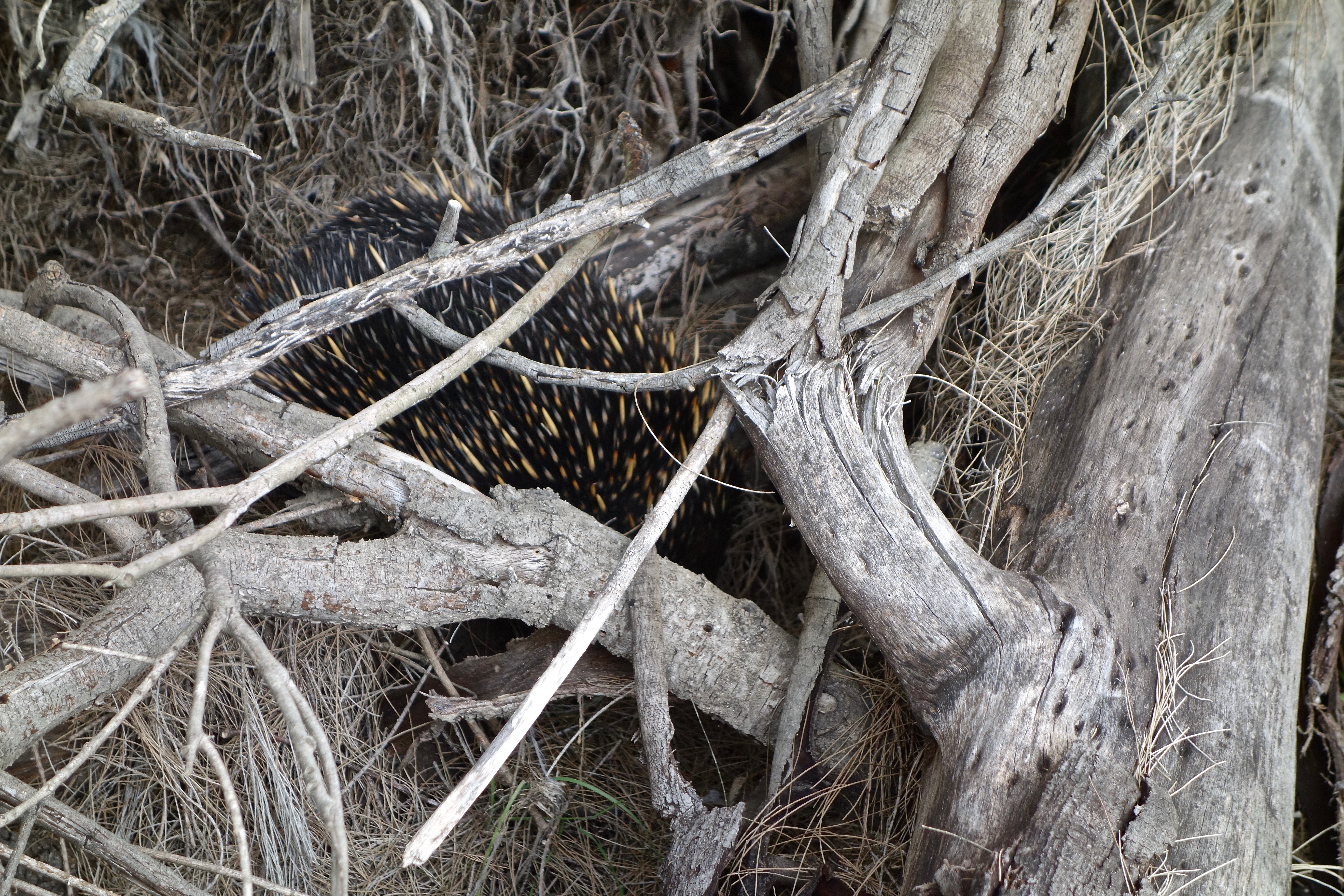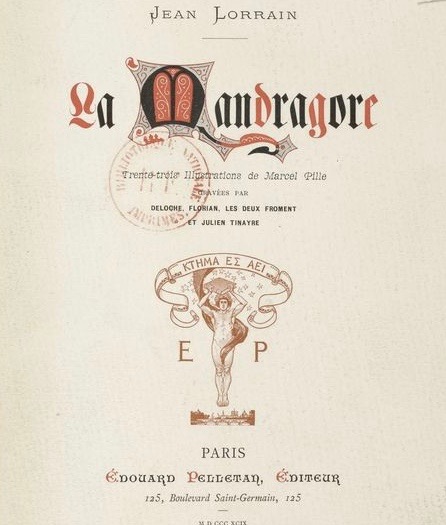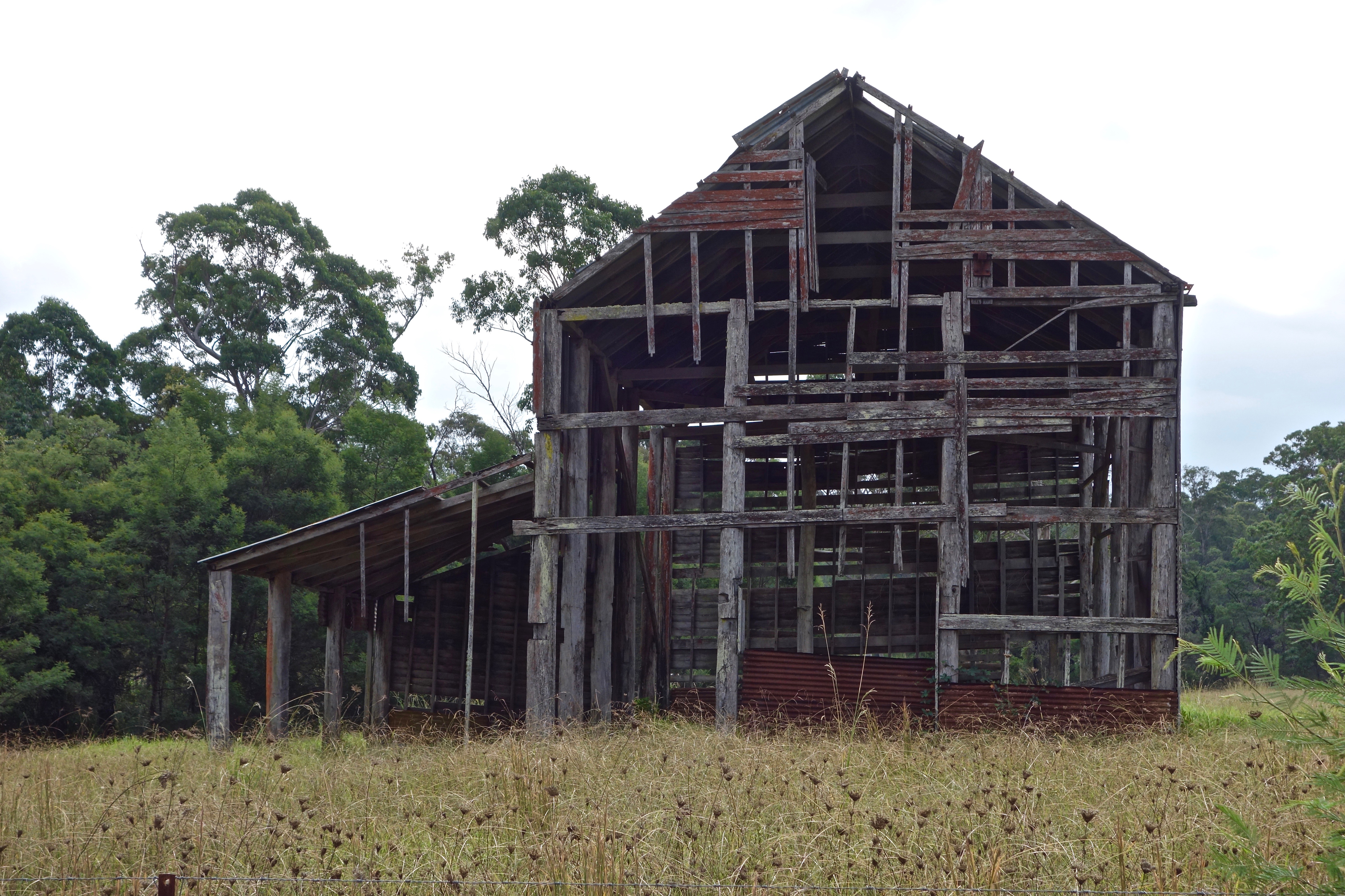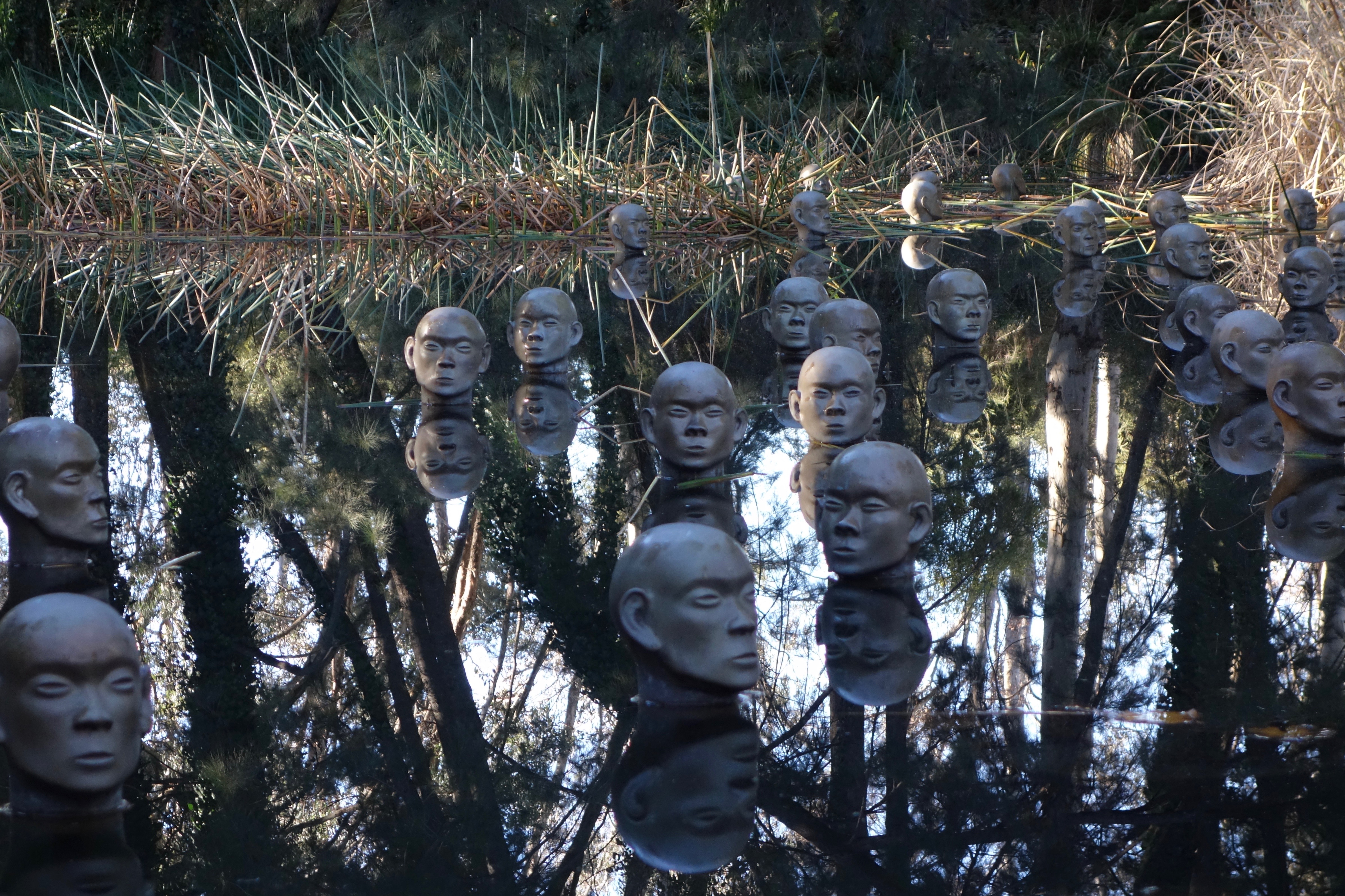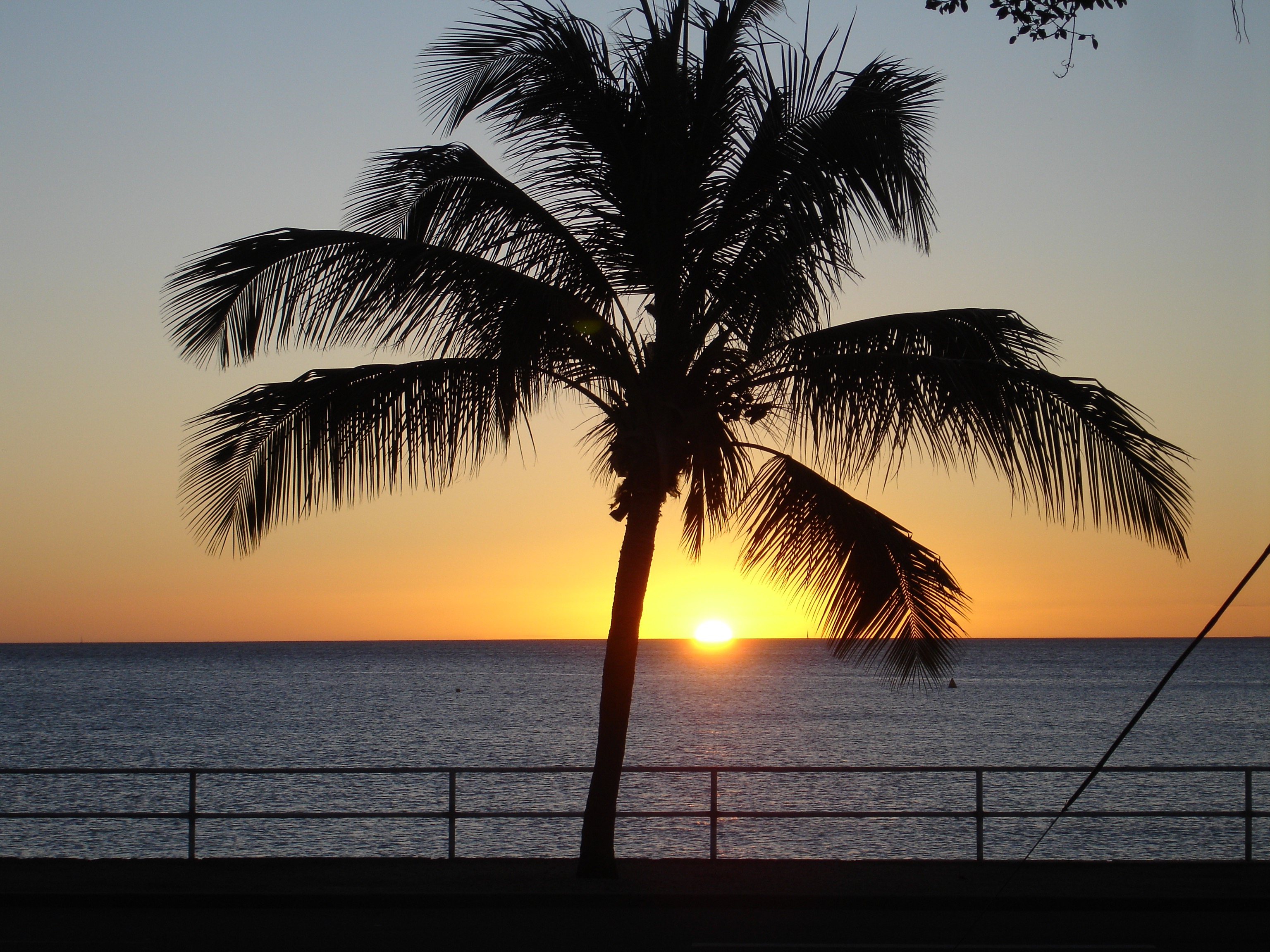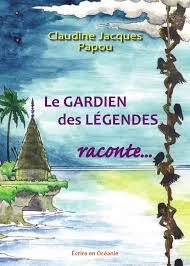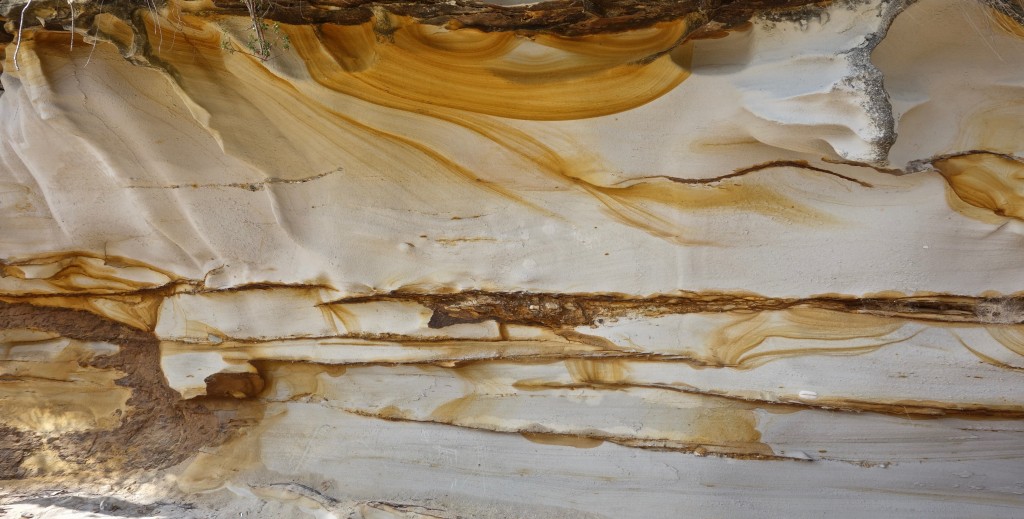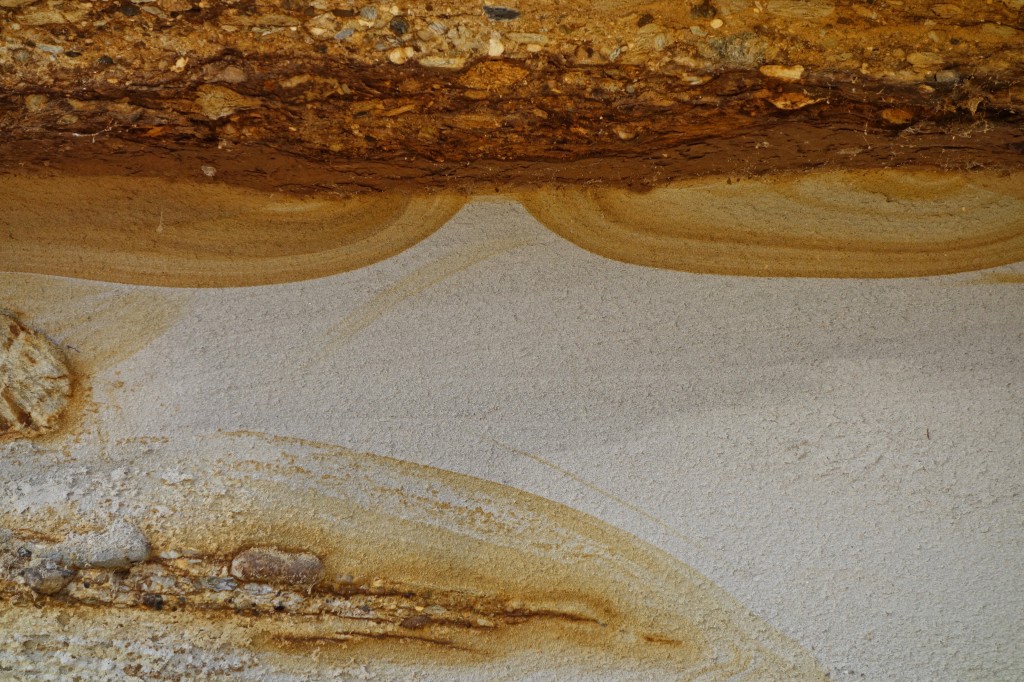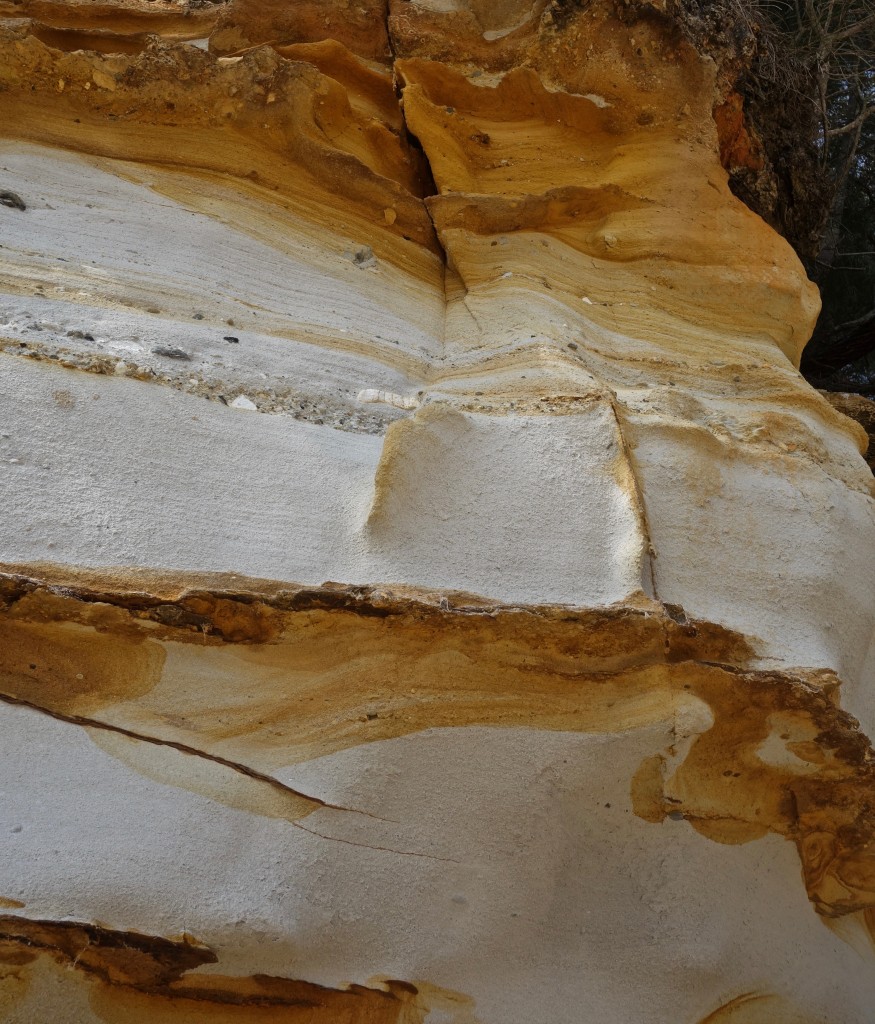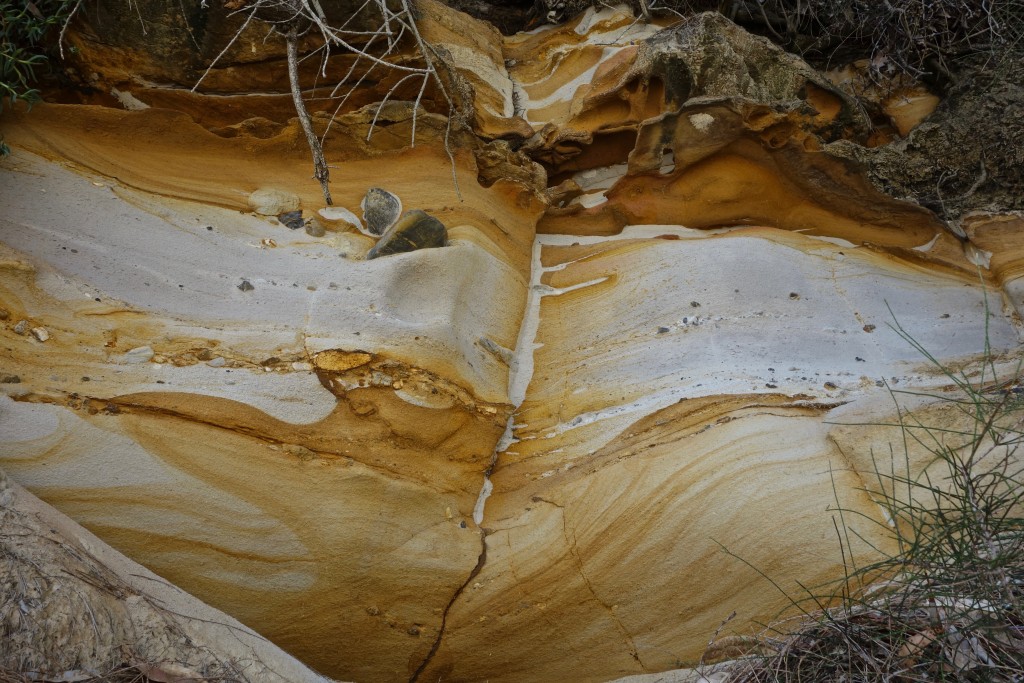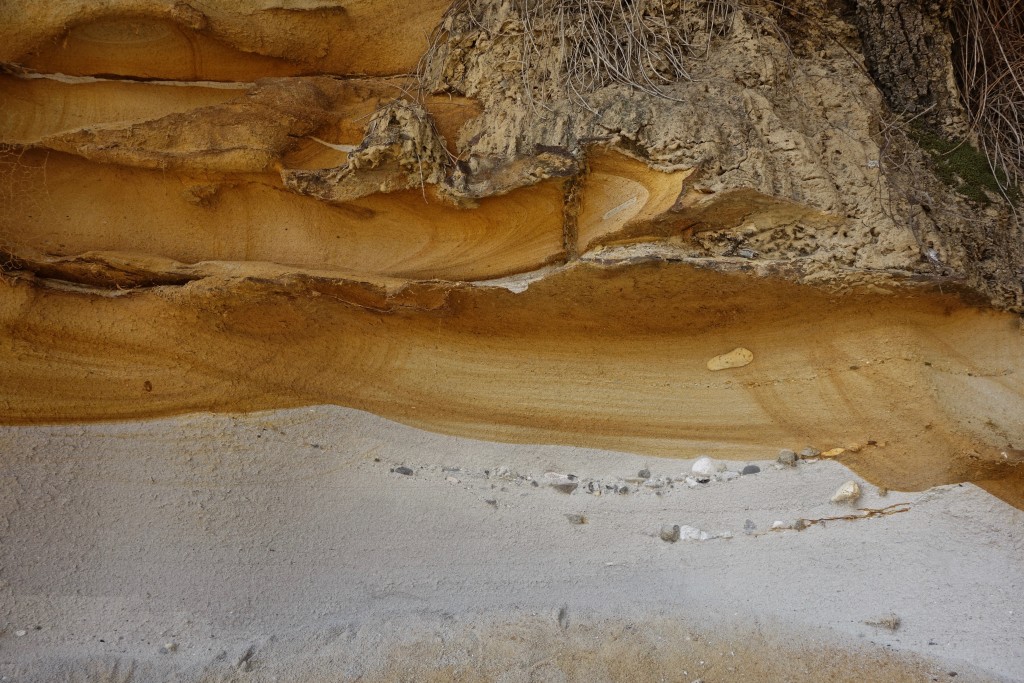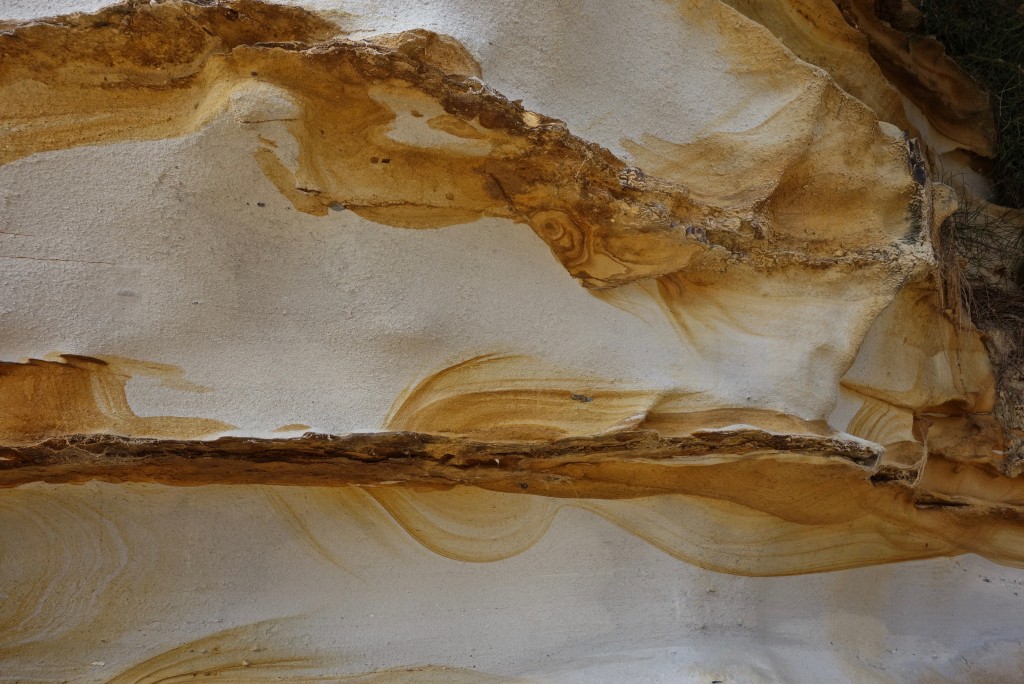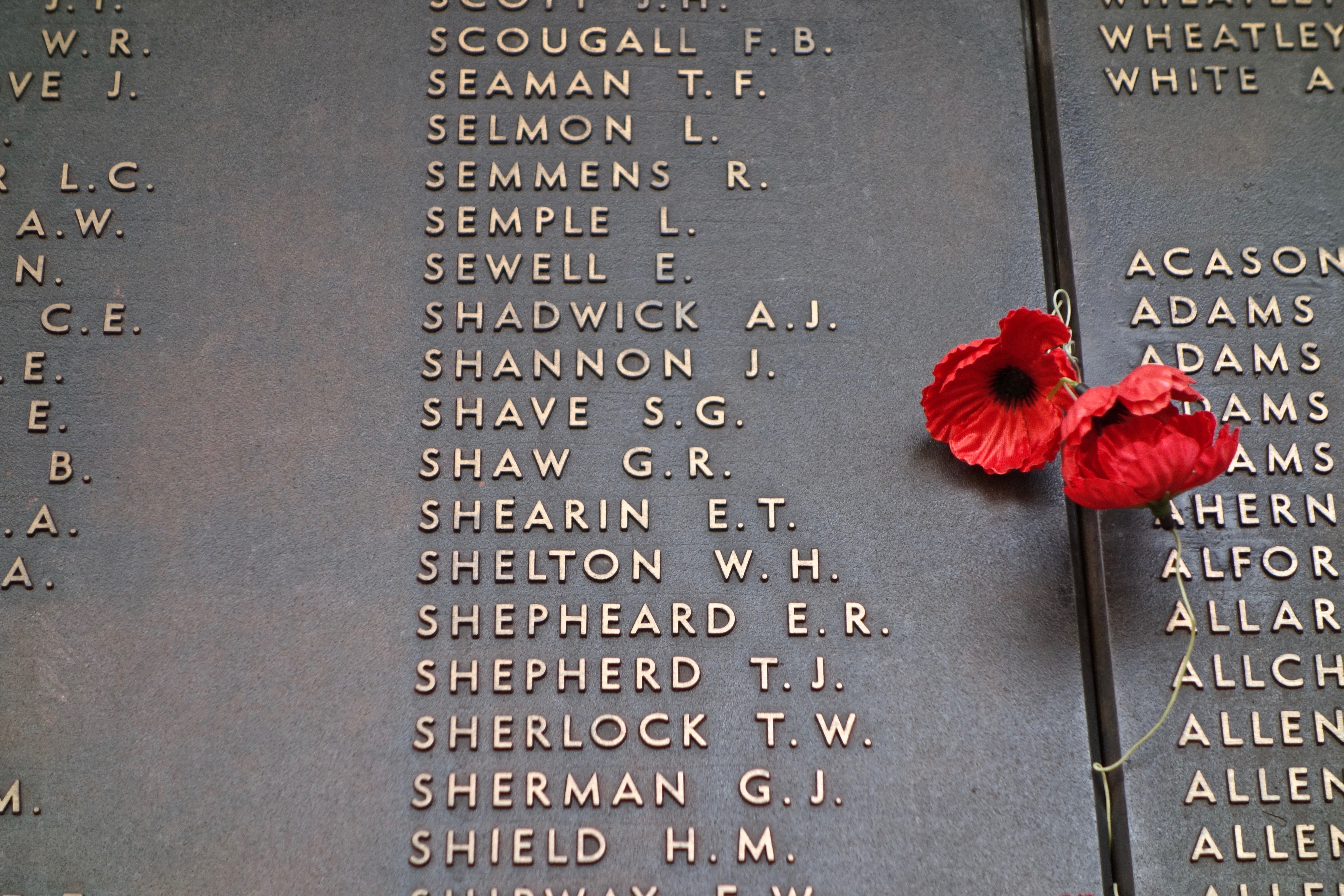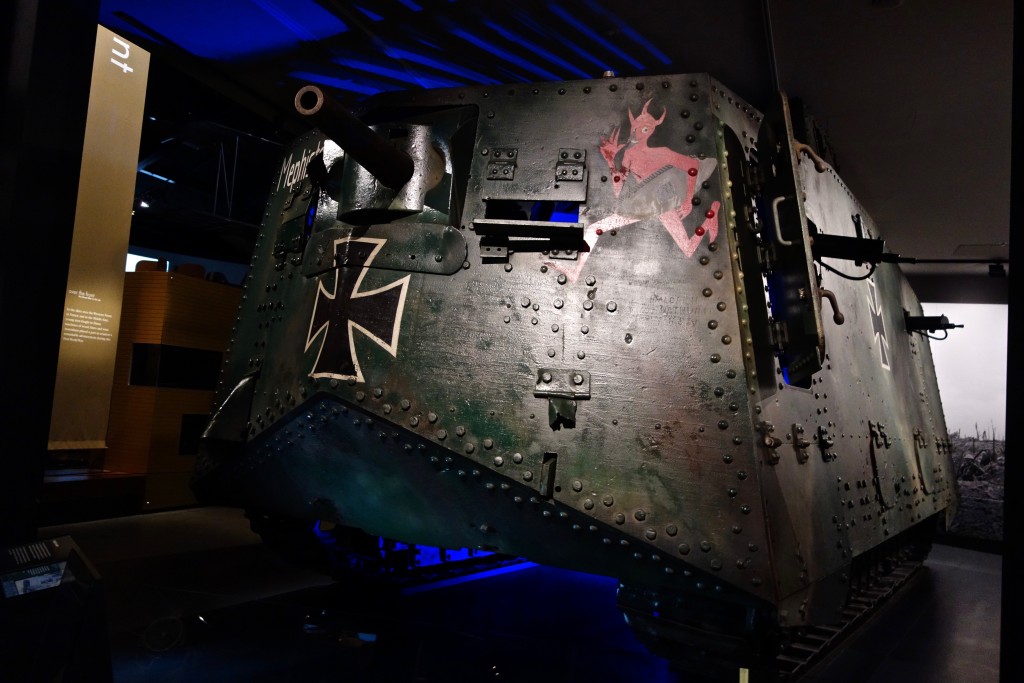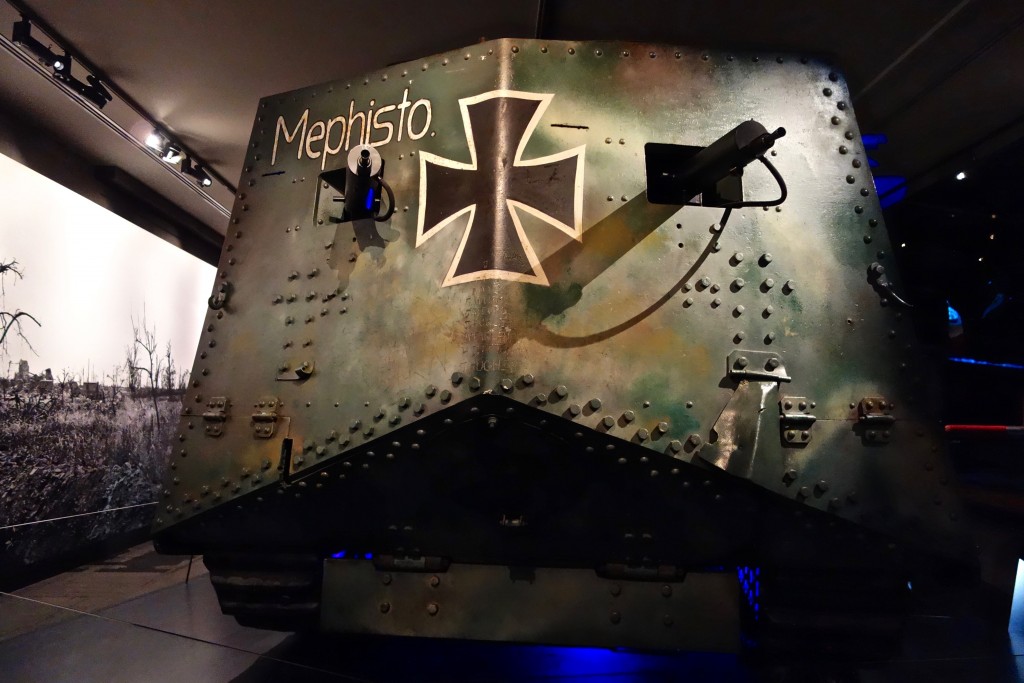Friday was grim, grey, an on and off drizzly day. My latest translation had been rejected. My weekly gathering of friends had been cancelled and no one told me. I was more than half-way through The Strange Case of Dr Jekyll and Mr Hyde and had to escape from that dark story.

So, grabbing my umbrella, the one made by Pep’s in Paris when I was a brief neighbour of the small business, I walked out into the great outdoors. I’ve rarely used my Parisian umbrella in this city of more sun than rain. But this winter, it’s wet.
I looked up and saw this spidery mesh of branches.
 It didn’t make me feel better. But I kept walking, my gloom burning off with each step. As I turned down a bush track, I looked up again and saw this Sulphur-crested cockatoo flying up to the branch above my head. I felt a little love for the world. Even gratefulness for the rain.
It didn’t make me feel better. But I kept walking, my gloom burning off with each step. As I turned down a bush track, I looked up again and saw this Sulphur-crested cockatoo flying up to the branch above my head. I felt a little love for the world. Even gratefulness for the rain.
 Back home, I had to prepare a lesson for a student for the next morning. It was to be poetry, something not too deep, not too obscure, something which might have meaning for her. I selected The World by William Brighty Rands, a poem I’d never read, by a poet I’d never heard of. After Robert Louis Stevenson’s Jekyll and Hyde had earlier dragged me down, I was pleasantly relieved to read about The World according to Rands. His poem lifted me, and things began to look up.
Back home, I had to prepare a lesson for a student for the next morning. It was to be poetry, something not too deep, not too obscure, something which might have meaning for her. I selected The World by William Brighty Rands, a poem I’d never read, by a poet I’d never heard of. After Robert Louis Stevenson’s Jekyll and Hyde had earlier dragged me down, I was pleasantly relieved to read about The World according to Rands. His poem lifted me, and things began to look up.
Great, wide, beautiful, wonderful World,
With the wonderful water round you curled,
And the wonderful grass upon your breast –
World, you are beautifully drest.
The wonderful air is over me,
And the wonderful wind is shaking the tree,
It walks on the water, and whirls the mills,
And talks to itself on the tops of the hills.
You friendly Earth, how far do you go,
With the wheatfields that nod and the rivers that flow,
With cities and gardens, and cliffs, and isles,
And people upon you for thousands of miles?
Ah, you are so great, and I am so small,
I tremble to think of you, World, at all;
And yet, when I said my prayers today,
A whisper inside me seemed to say,
“You are more than the Earth, though you are such a dot:
You can love and think, and the Earth cannot.”
*****
Thanks WordPress for the Look up photo prompt.

